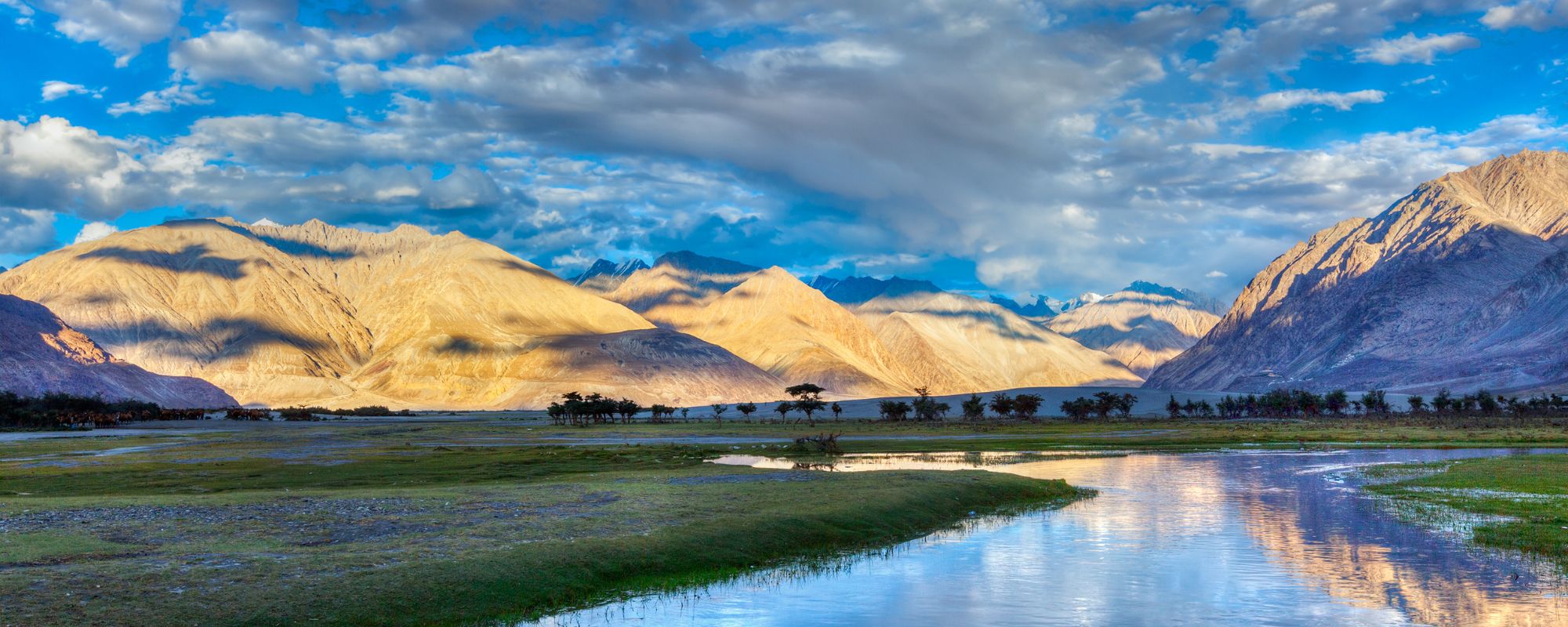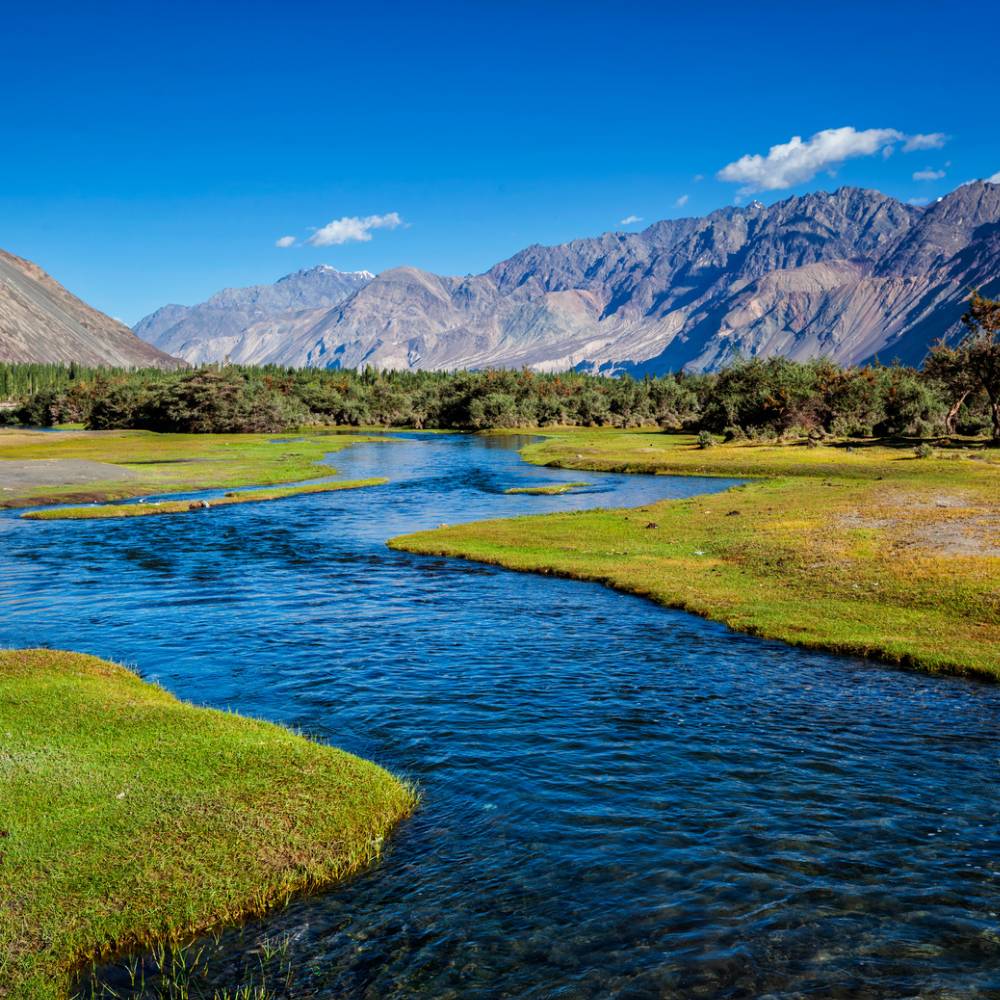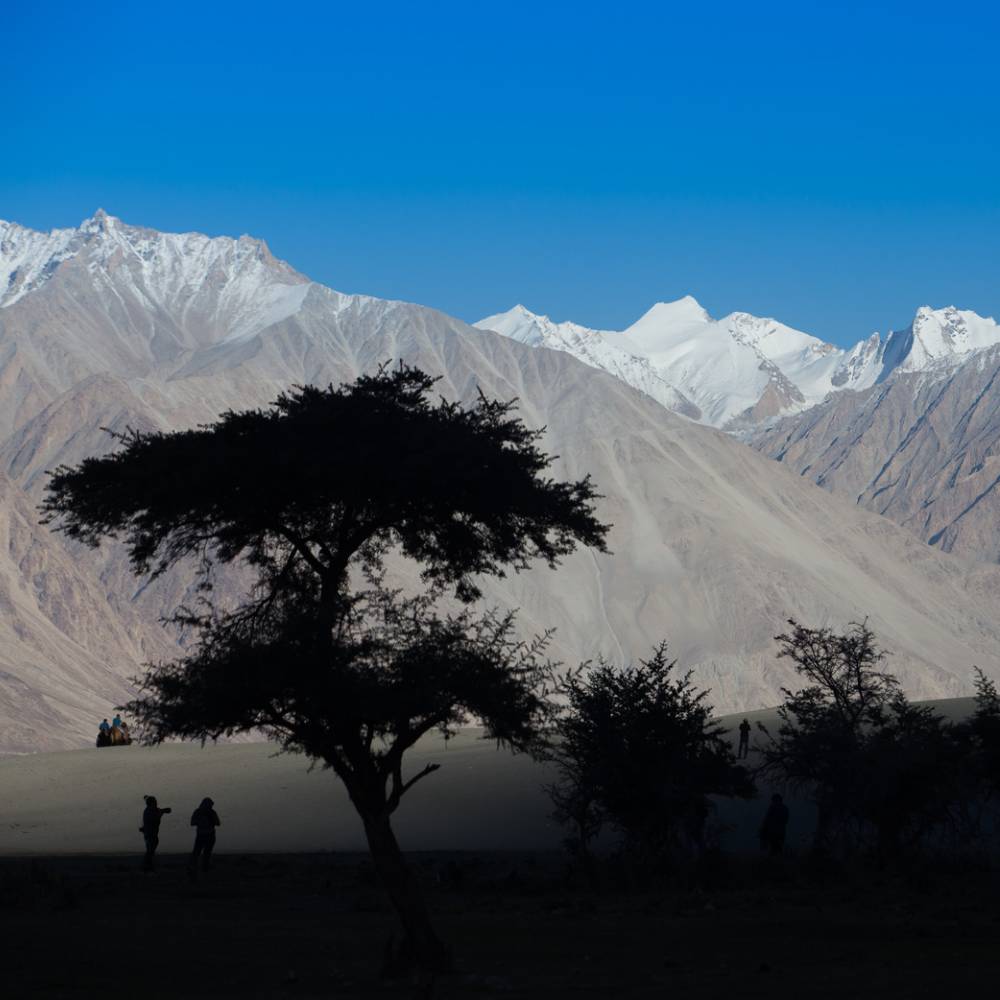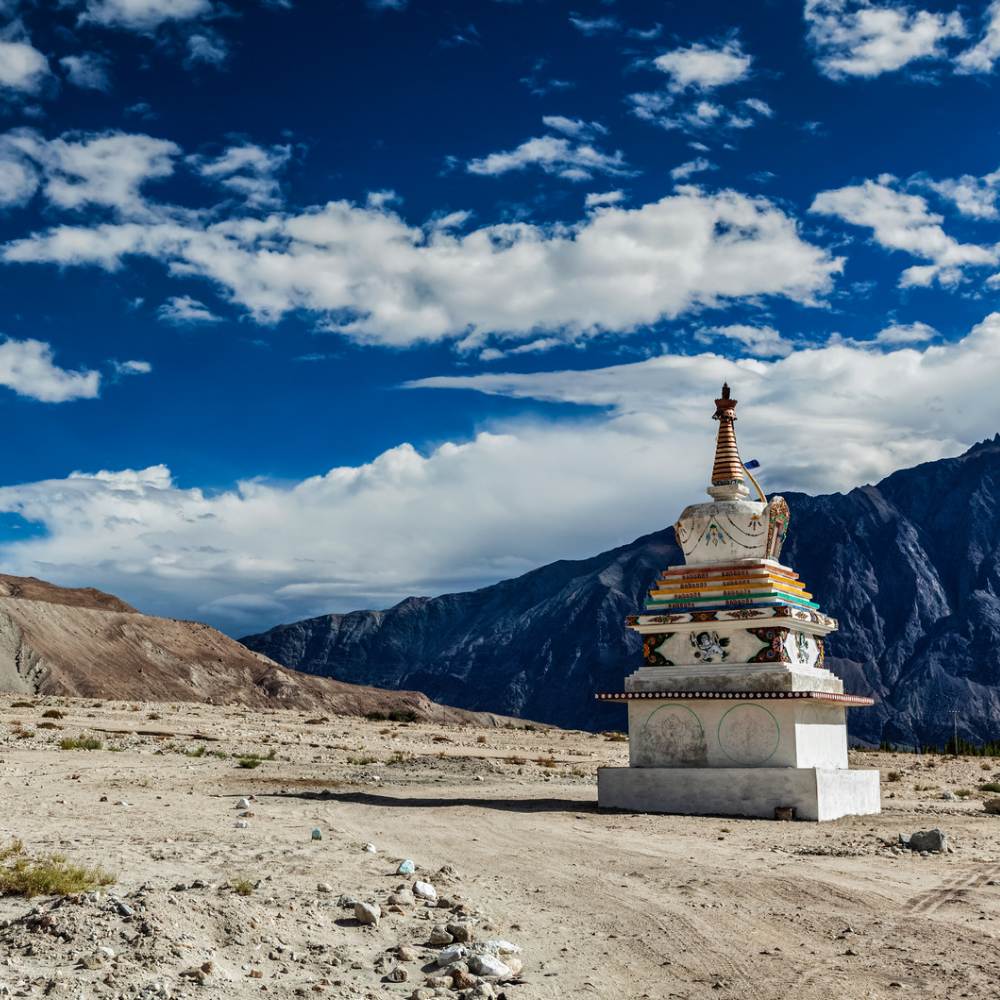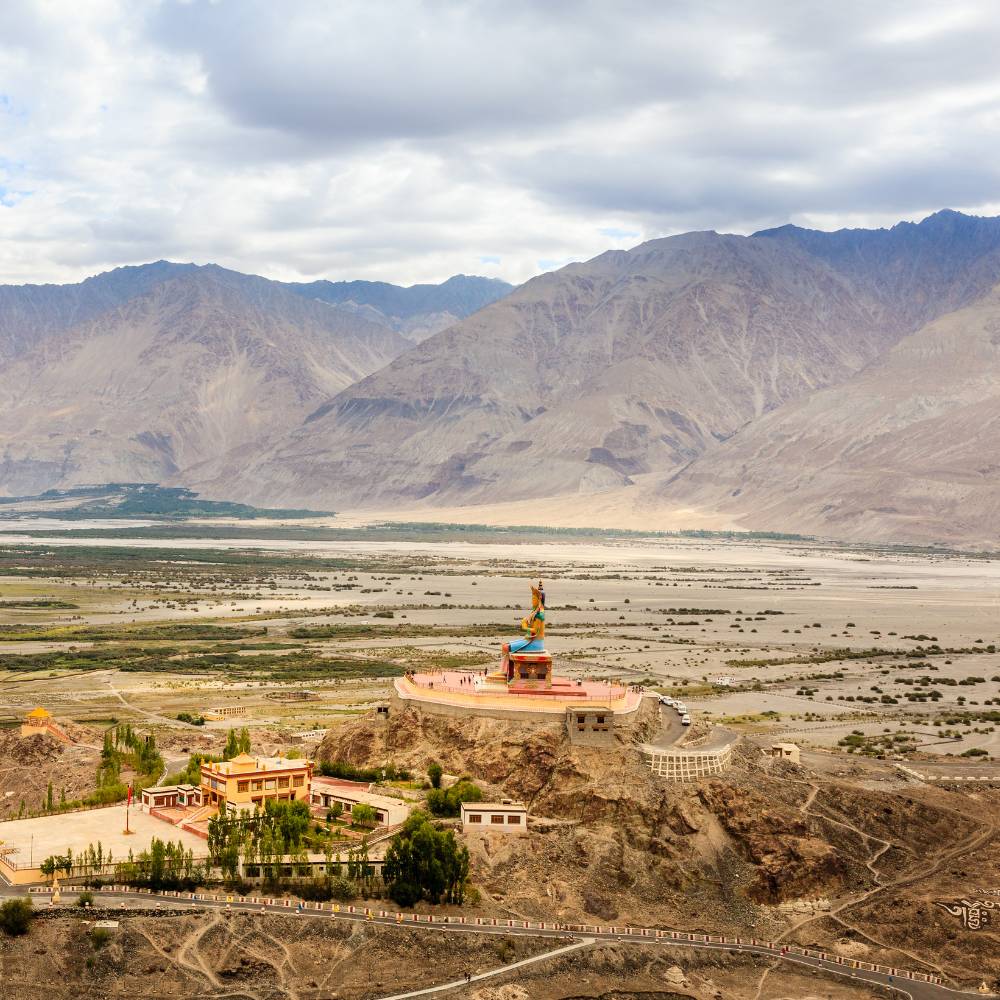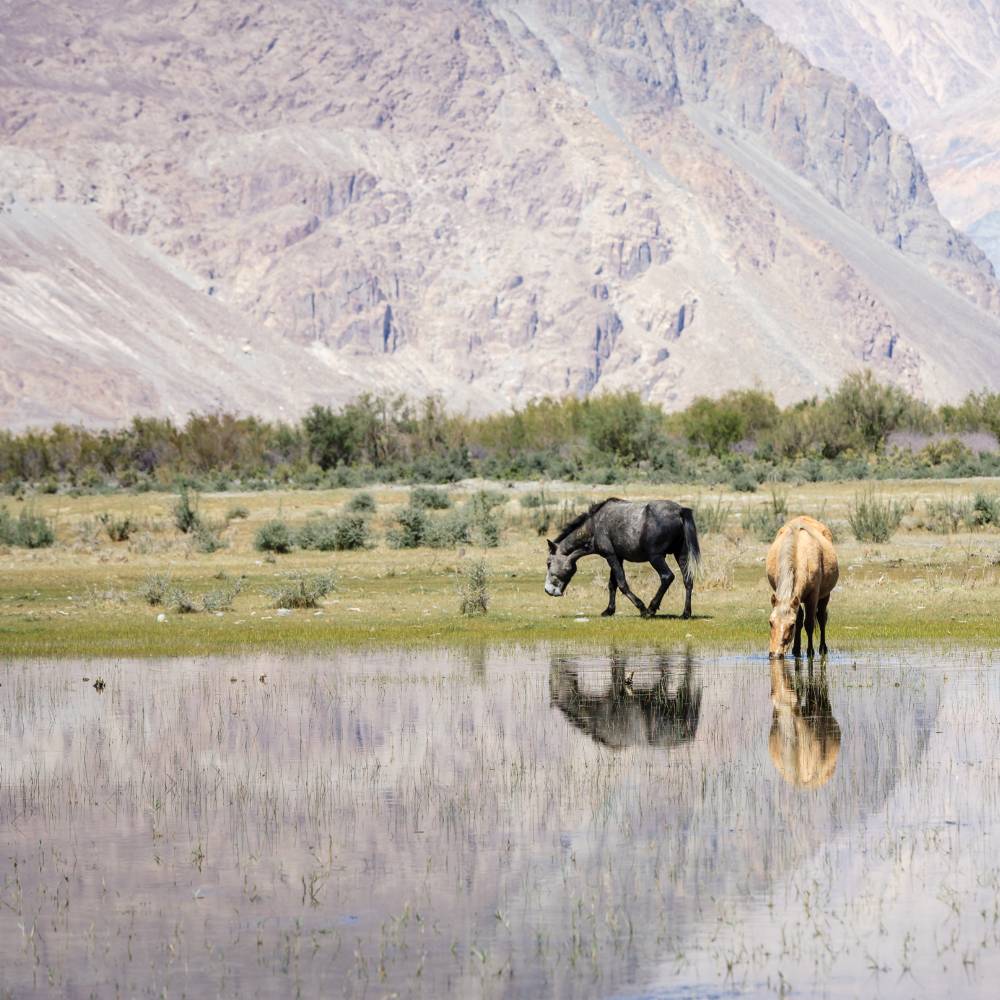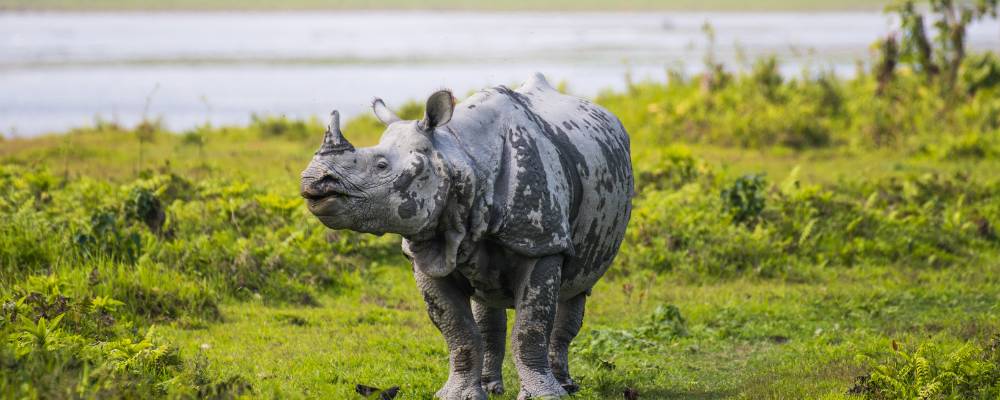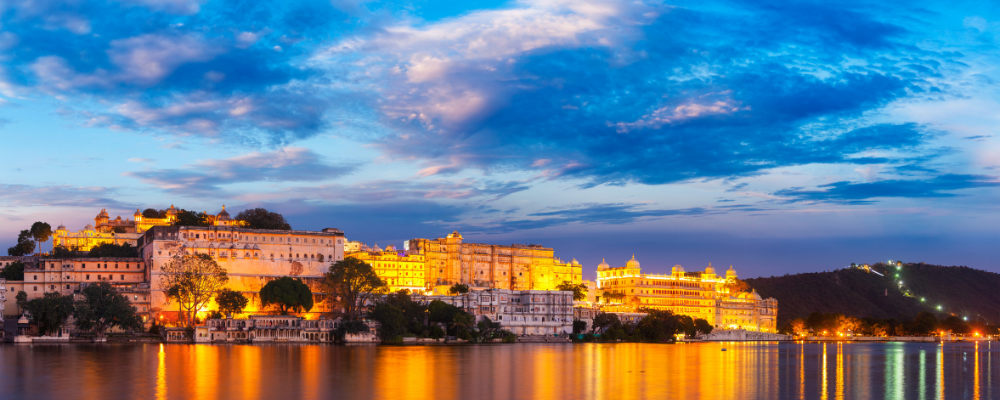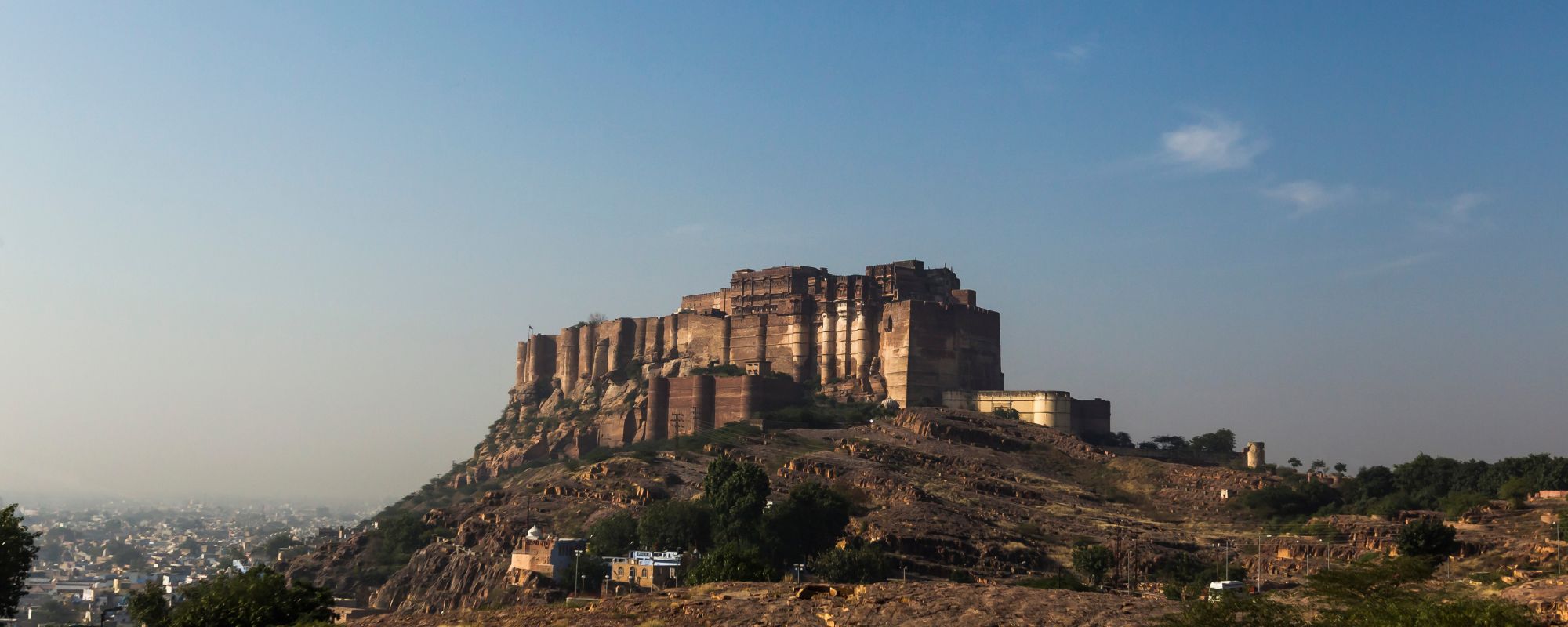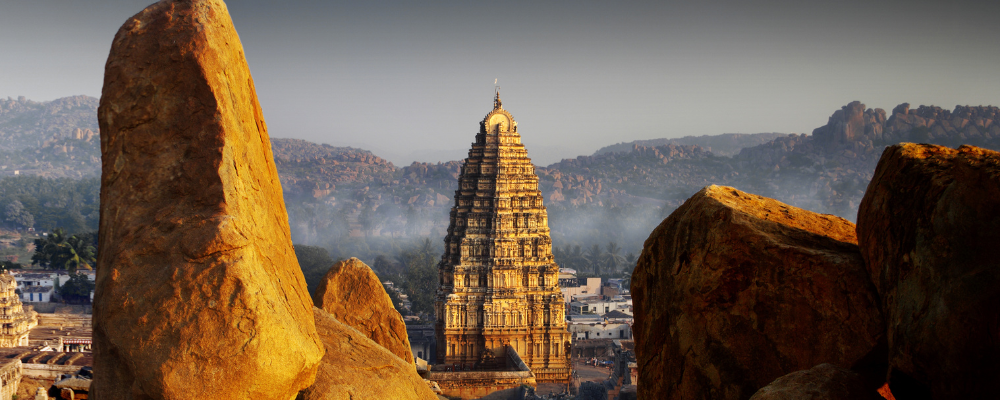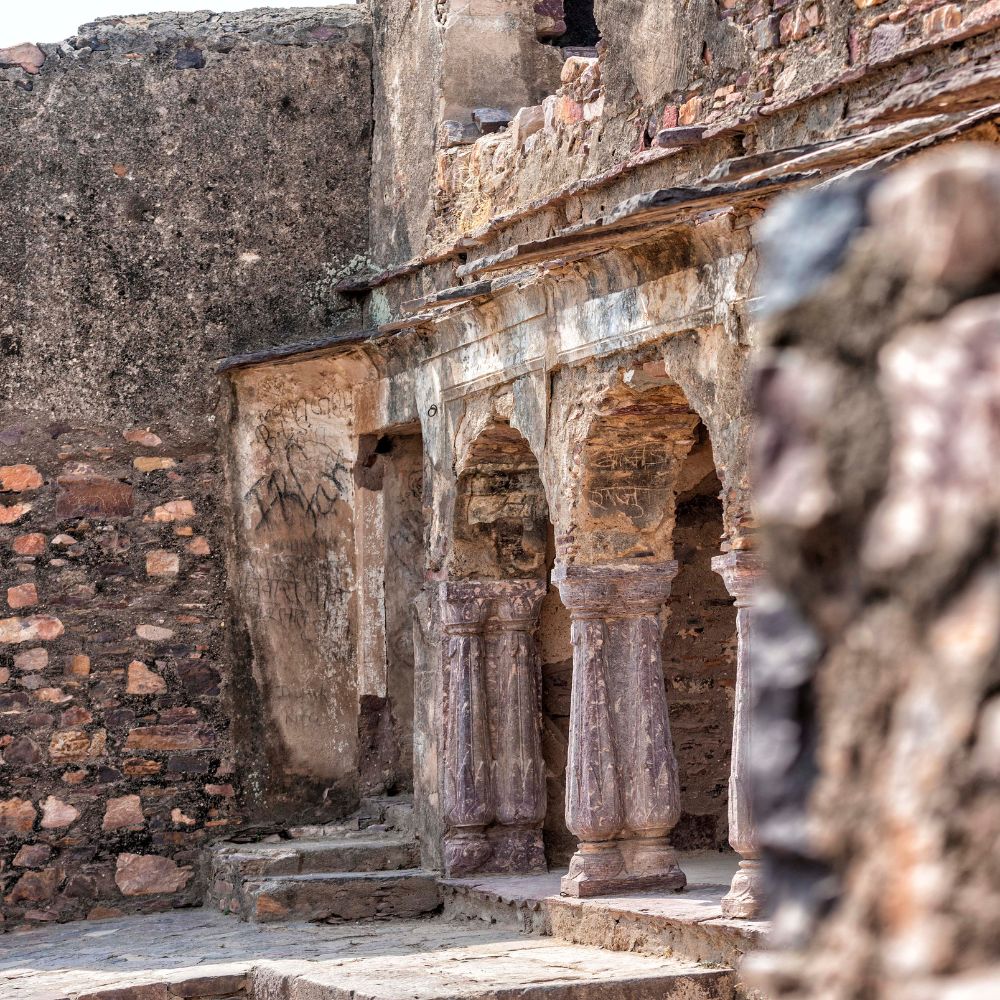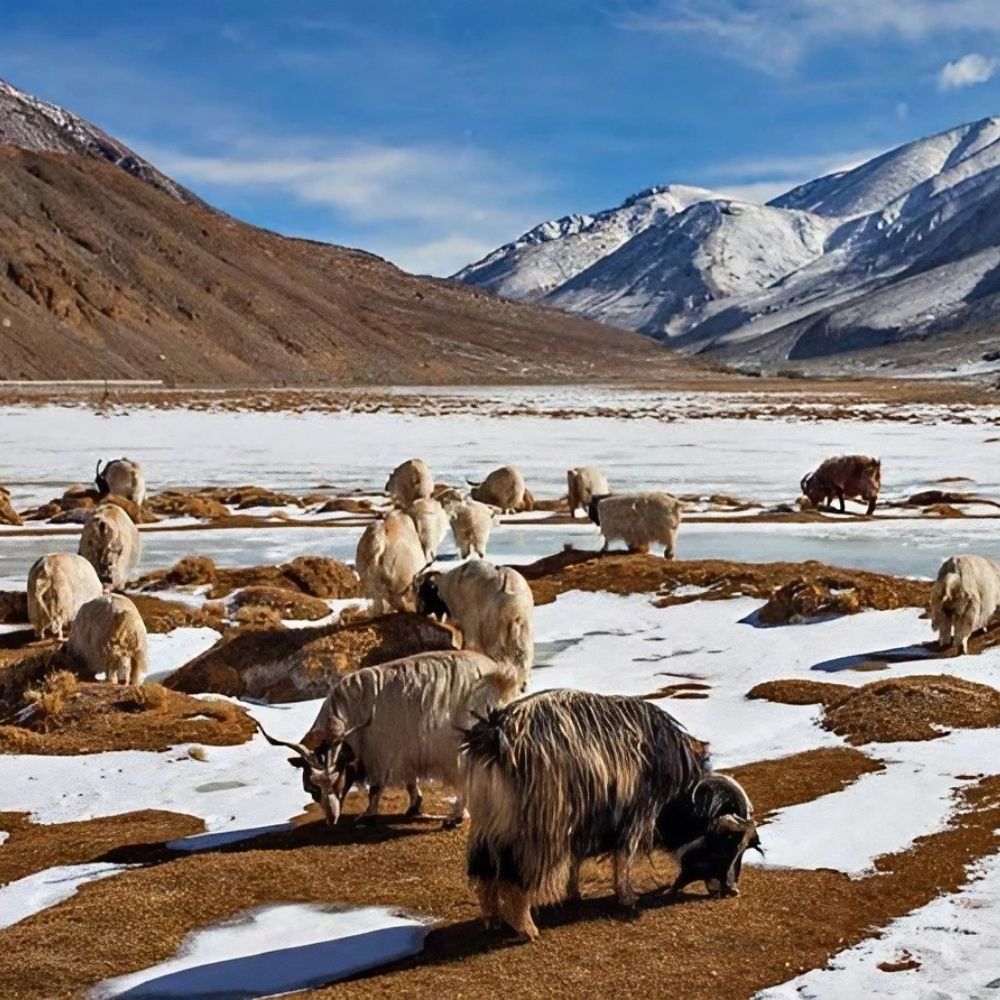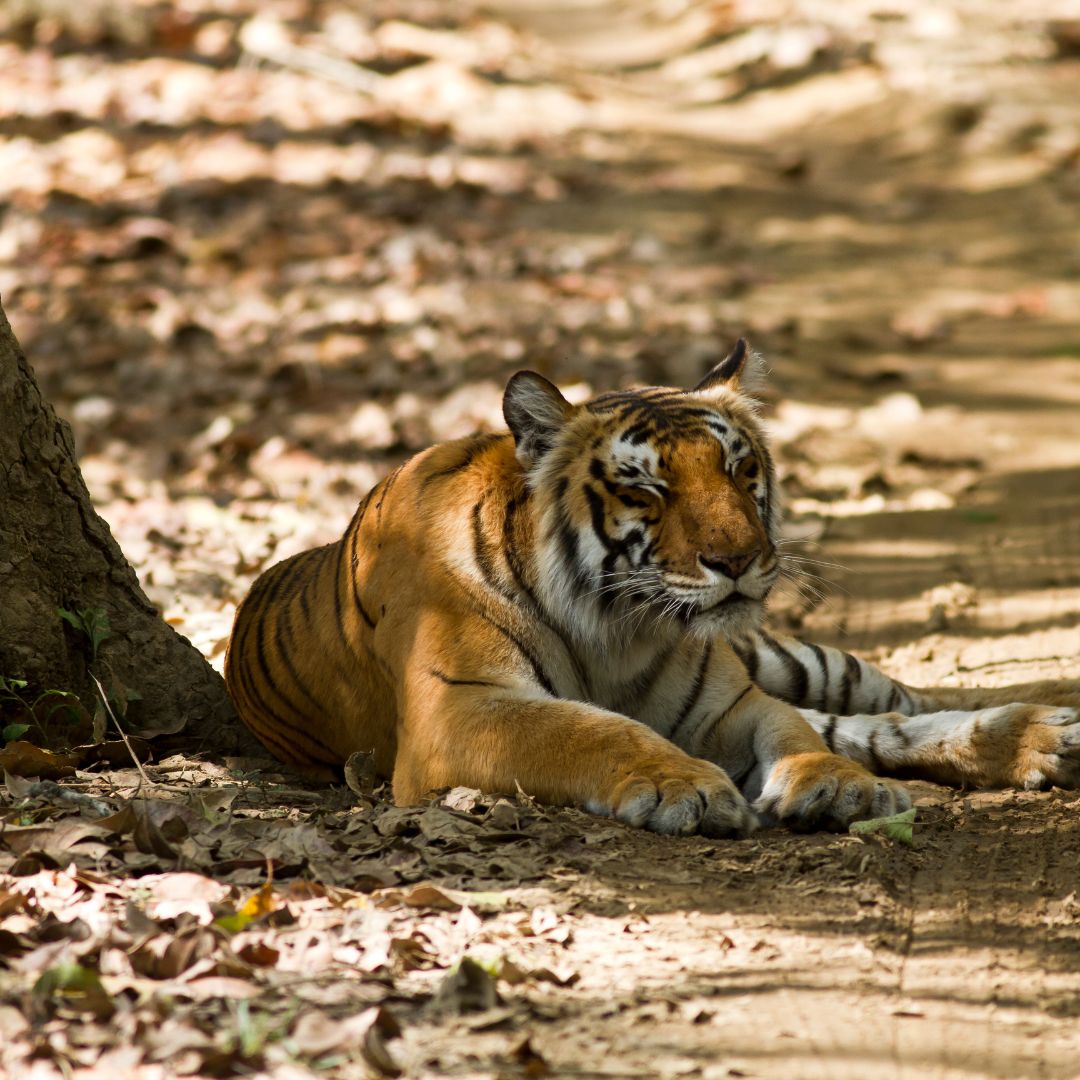Nestled in the northernmost part of India, Nubra Valley is a hidden gem that seamlessly blends natural beauty, rich history, and vibrant culture. Often referred to as the "Valley of Flowers" in Ladakh, Nubra's stunning landscapes invite travellers seeking both peace and adventure. With its breathtaking vistas, ancient trade routes, and deep cultural roots, Nubra Valley offers a journey into a world where time seems to stand still. Whether you're an avid adventurer or a seeker of tranquillity, Nubra Valley promises an enriching and unforgettable experience.
The Heart of Nubra Valley
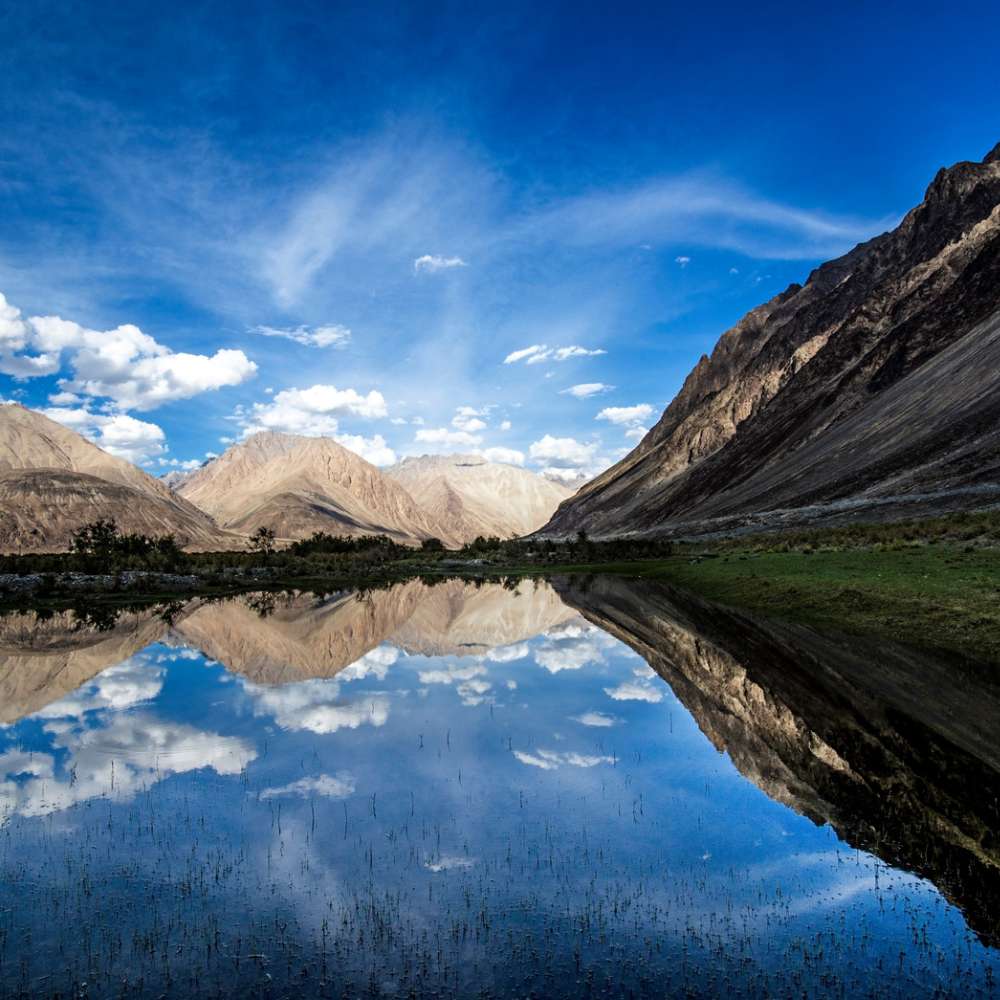
Located northeast of Leh, the capital of Ladakh, Nubra Valley lies at an impressive altitude of 10,000 feet above sea level. The towering Karakoram Range framed the valley and was divided by the Shyok and Nubra rivers. This creates a mesmerizing mix of green fields, desert-like expanses, and snow-capped mountains. The topography of Nubra is as dramatic as it is beautiful, offering visitors a glimpse into the geological grandeur of the region. The rugged terrain and the serene river valleys create a challenging and captivating landscape, making it a paradise for nature lovers and photographers alike.
The climate in Nubra Valley varies significantly with the seasons, adding to the region's allure. Summers, from June to September, are mild and pleasant, with temperatures ranging from 15°C to 25°C (59°F to 77°F). During these months, the valley is in full bloom, and the weather is ideal for exploring its many attractions. In contrast, winters are harsh and extremely cold, with temperatures often plummeting to -20°C (-4°F) or lower, which makes the region challenging to access. Snow blankets the valley, transforming it into a winter wonderland that, though less visited, offers a stark, quiet beauty.
Travelling to Nubra Valley is an adventure in itself. The journey typically involves crossing the Khardung La Pass, one of the highest motorable roads in the world at 17,582 feet.
A Journey Through Time and Culture
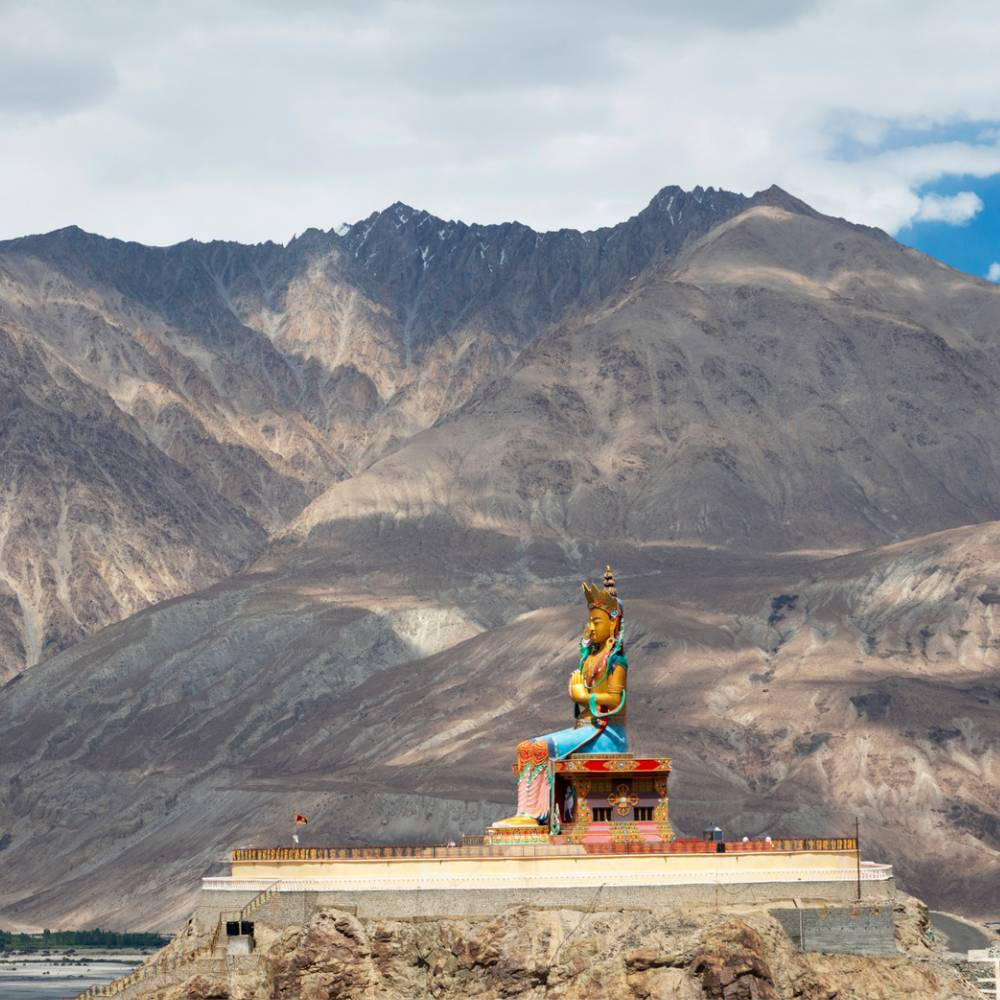
Nubra Valley's history is as rich and layered as its landscapes. Once serving as a vital stop on the ancient Silk Road, Nubra Valley was a bustling hub of trade and commerce. This trade route connected India, Tibet, and Central Asia, bringing caravans laden with silk, spices, wool, and other goods. The valley's strategic location made it a melting pot of cultures, ideas, and goods, contributing to the diverse cultural tapestry that can still be seen today.
The cultural heritage of Nubra Valley is deeply intertwined with Buddhism, which has been the dominant religion in the region for centuries. The valley is dotted with monasteries, stupas, and prayer wheels, all of which bear witness to its spiritual significance. These religious sites are not just places of worship but are also centres of learning and community life. Diskit Monastery stands out as the oldest and largest in the valley. Founded in the 14th century by Changzem, Diskit Monastery is a treasure trove of history, culture, and spirituality.
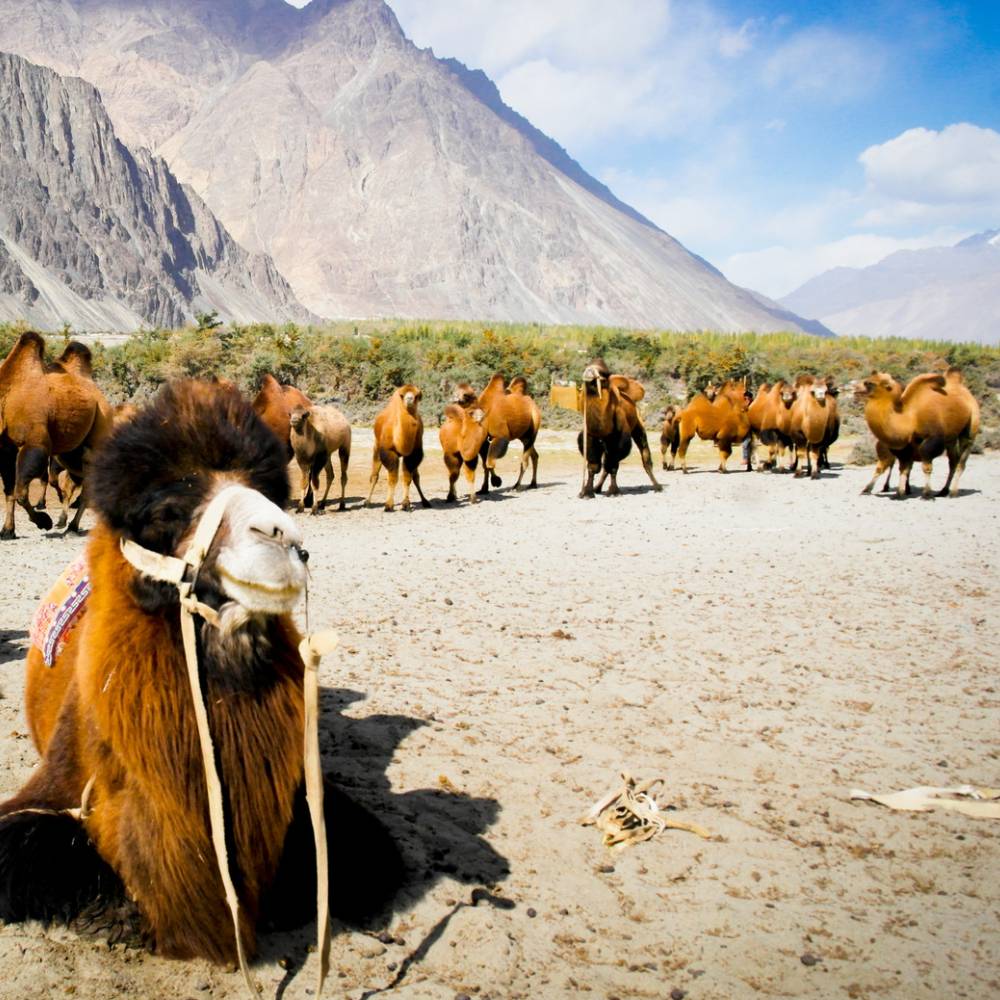
Perched on a hill overlooking the Shyok River, Diskit Monastery is home to a magnificent statue of Maitreya Buddha, which stands 32 meters (106 feet) tall. This imposing statue, installed in 2010, faces towards the Shyok River, symbolizing peace and protection for the region. The monastery houses a rich collection of ancient murals, thangkas (Buddhist paintings on cloth), and statues, each telling a story of Nubra's religious and cultural heritage. The monastery also offers panoramic views that are both serene and awe-inspiring.
Festivals like Dosmoche and Losar are celebrated enthusiastically, involving colourful masked dances, rituals, and communal feasts. These festivals are not just religious observances but also serve as important social events that bring the community together, reinforcing social bonds and cultural continuity.
Exploring Nubra's Natural and Cultural Wonders
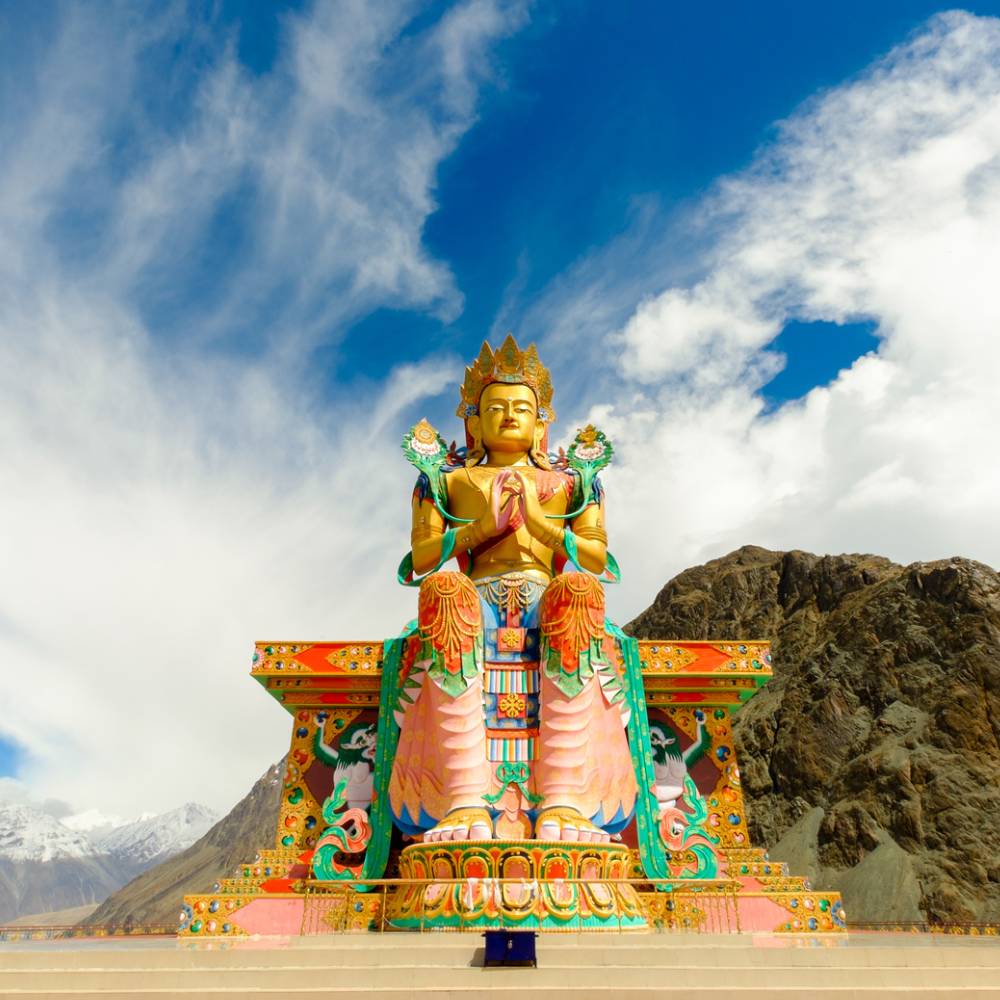
Nubra Valley is not just about its history; it is also a place of stunning natural beauty and unique attractions. The Hunder Sand Dunes, with their white sands and rolling dunes, provide a surreal landscape unlike any other in India. These dunes, formed by the winds and the shifting sands of the Shyok River, create an almost otherworldly atmosphere.
Not far from the dunes, the village of Panamik is home to hot springs known for their therapeutic properties. Rich in sulfur, these springs are believed to cure various ailments, offering a natural spa experience in the heart of the Himalayas. The warm, mineral-rich waters are said to provide relief from joint pains and skin diseases, making Panamik a popular spot for both locals and tourists seeking healing and relaxation.
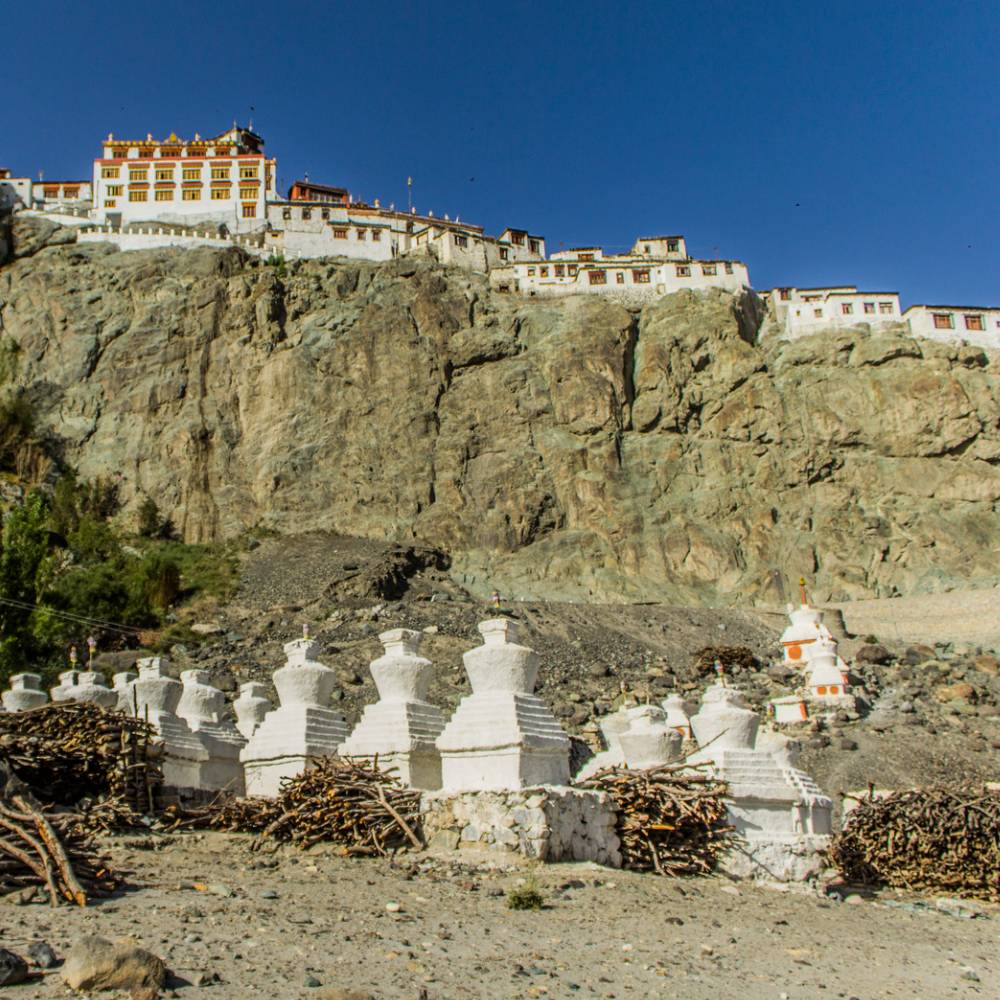
Another hidden gem in Nubra Valley is Yarab Tso, a serene lake amidst rugged mountains. Often called the "Hidden Lake," Yarab Tso is accessible only by a short but steep trek from the village of Panamik. The lake's clear. Still, the waters reflect the surrounding peaks, creating a scene of perfect tranquillity. It's a peaceful retreat for those seeking solitude and a deeper connection with nature.
Nubra Valley offers an array of trekking and hiking opportunities for the adventurous. Trails such as the Nubra to Turtuk trek or the trek to Ensa Monastery allow explorers to immerse themselves in the region's rugged terrain and breathtaking views.
The valley's unique flora, including wild roses, lavender, and seabuckthorn, adds colour and fragrance to the landscape, creating an ever-changing palette of hues as the seasons progress. The valley is also home to various wildlife, including the elusive snow leopard, Tibetan wild ass (kiang), and many species of migratory birds. Birdwatchers will find Nubra a paradise, with species such as the black-necked crane, bar-headed goose, and golden eagle often spotted in the region.
Living the Nubra Experience
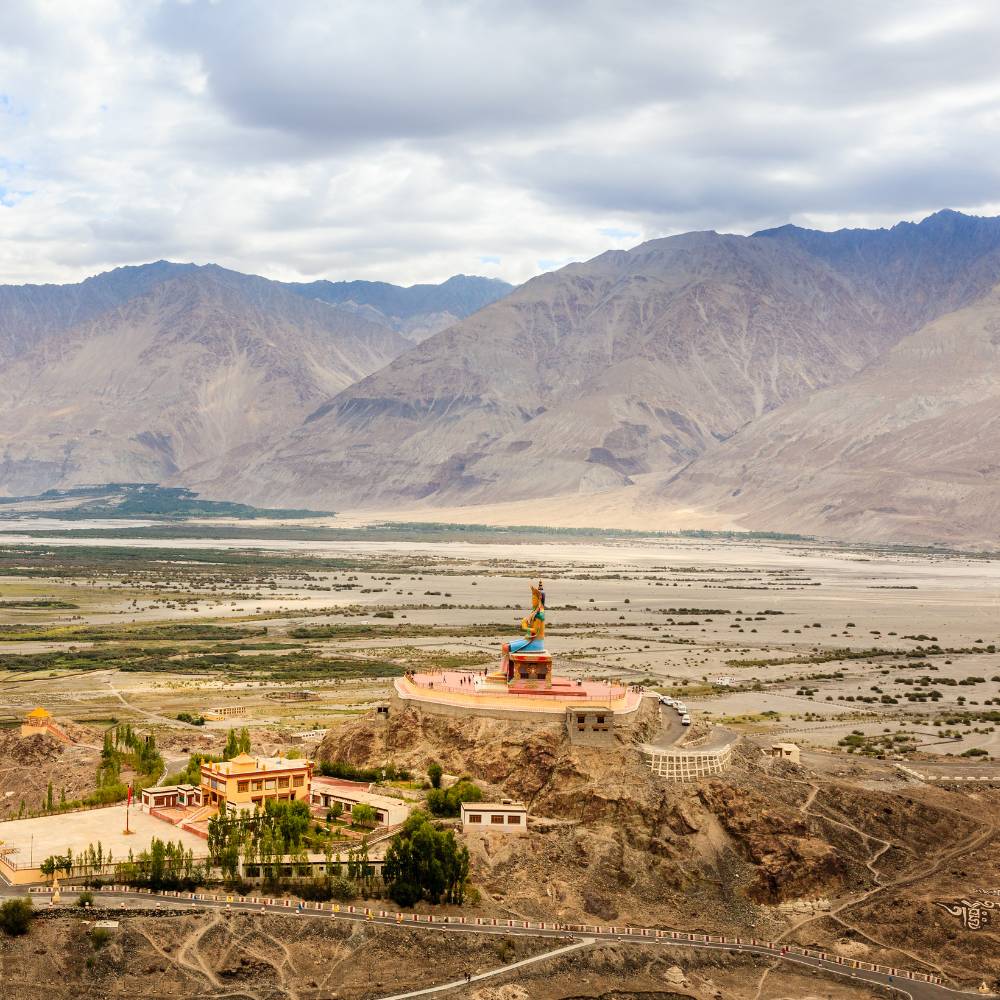
Experiencing Nubra Valley is more about immersing yourself in its culture than exploring its landscapes. The local festivals, such as Losar (the Ladakhi New Year) and Dosmoche (a festival of the scapegoat), are vibrant celebrations of the valley's rich cultural tapestry.
These festivals feature traditional music, dance, and rituals that provide a window into the lives and traditions of the local people. Losar, celebrated in the winter, marks the beginning of the Ladakhi new year and involves elaborate rituals to drive away evil spirits and welcome prosperity.

Dosmoche, on the other hand, is celebrated at the end of the Tibetan lunar year and is known for its spectacular masked dances (cham) performed by monks. These dances, which depict various deities and demons, are believed to ward off evil and bring good fortune for the coming year.
The cuisine of Nubra Valley is another highlight, offering a delightful blend of Tibetan and Ladakhi flavours. Traditional dishes like thukpa (noodle soup), momos (dumplings), and butter tea are not just meals but a reflection of the region's heritage and way of life.
Practical Travel Tips
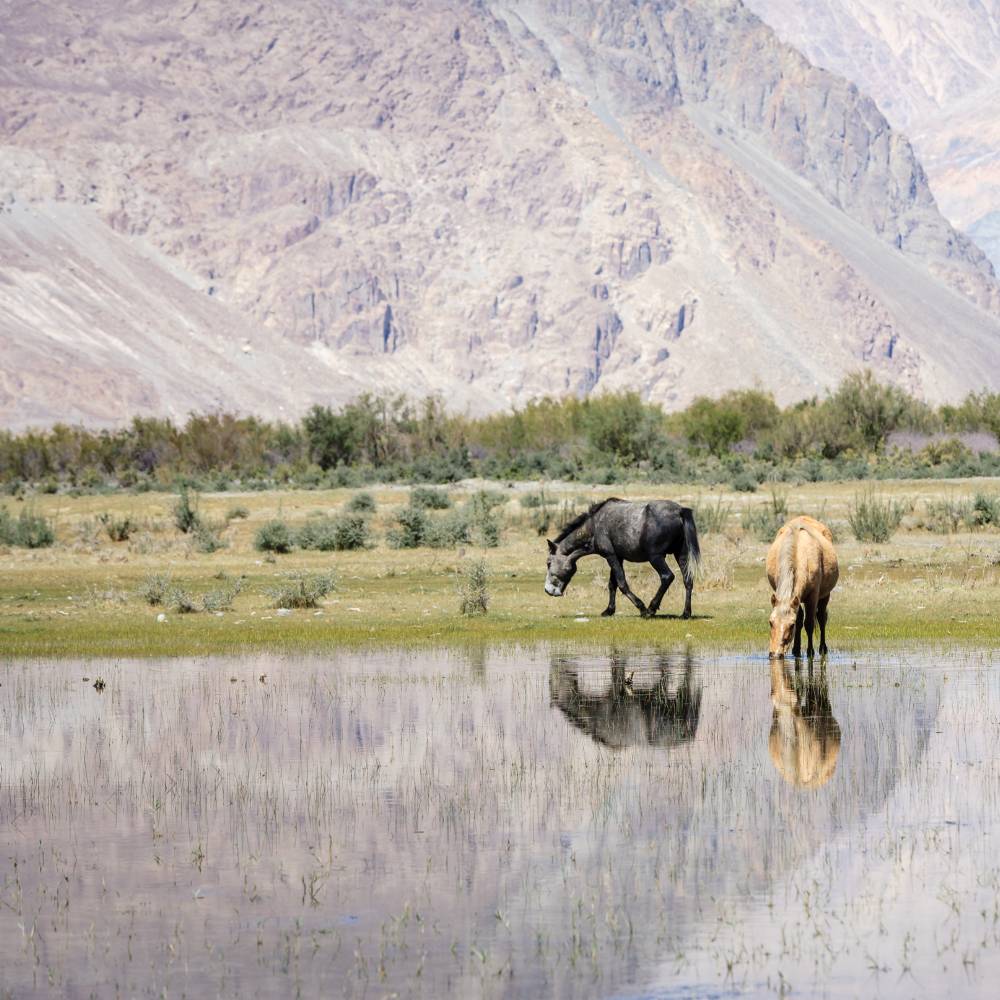
Getting to Nubra Valley is an adventure in itself. Most travellers take a scenic drive from Leh, crossing the Khardung La Pass, one of the highest motorable roads in the world. The journey, which takes about 5-6 hours, offers spectacular views of the surrounding mountains and valleys, making it an experience to remember.
Accommodation options in Nubra Valley range from cosy guesthouses to luxury camps, with something to suit every budget. For a truly immersive experience, staying in a traditional Ladakhi homestay is highly recommended. These homestays offer a glimpse into the local way of life and are a great way to support the community.
For those seeking more comfort, several hotels and resorts in the valley offer modern amenities while still being in harmony with the natural surroundings.
Luxury camps near popular tourist spots like Hunder and Diskit provide a unique experience of staying in tents with all the necessary facilities. These camps offer the perfect blend of adventure and comfort, allowing guests to enjoy the rugged beauty of Nubra Valley while staying in style.
Preserving the Beauty of Nubra
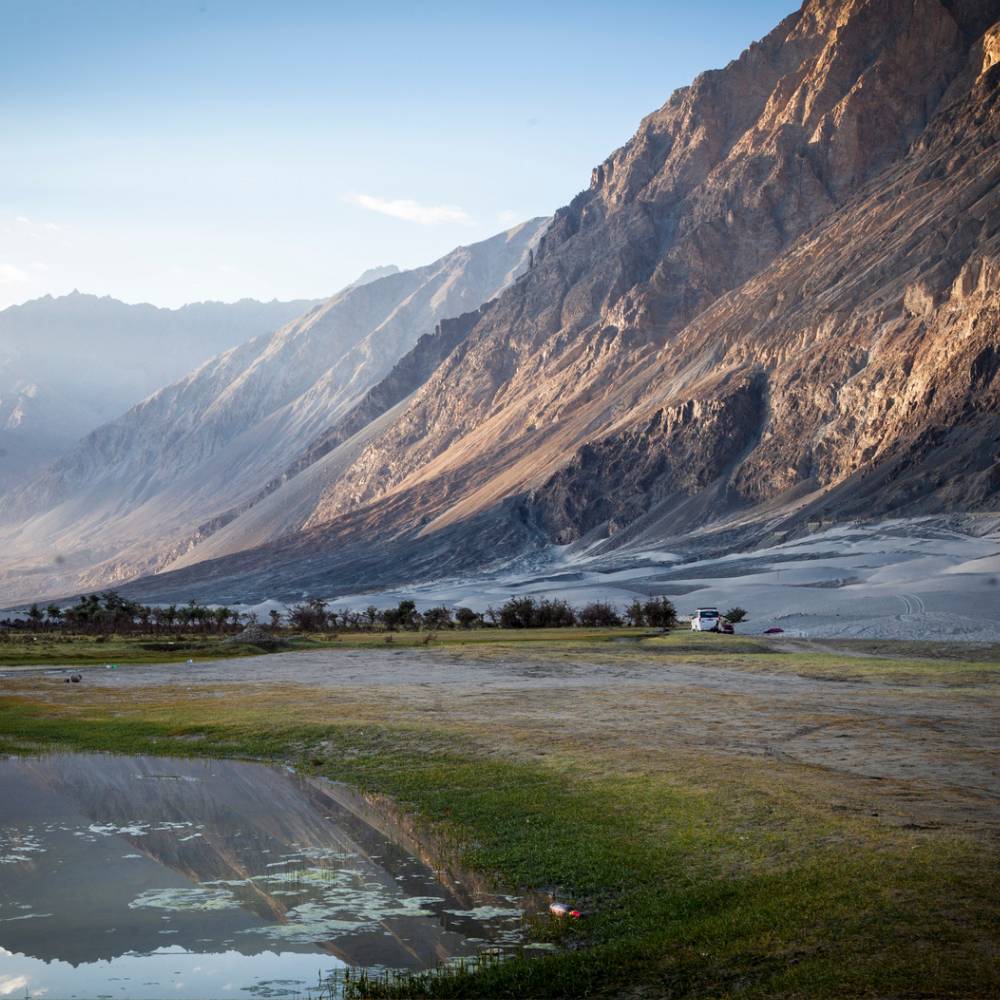
Visitors must practice eco-friendly tourism to ensure Nubra Valley remains unspoiled for future generations. This means minimizing waste, avoiding plastic, and respecting the local wildlife and habitats. The valley's fragile ecosystem is sensitive to the impacts of tourism, and every effort should be made to reduce the environmental footprint.
Simple actions, such as carrying reusable water bottles, avoiding single-use plastics, and disposing of waste responsibly, can go a long way in protecting the environment.
Volunteering with local conservation projects or participating in community-based tourism initiatives is another way to give back to the region.
Conclusion
Nubra Valley is a destination that offers something for every traveller. Whether you're seeking adventure, tranquillity, or a deeper understanding of Ladakh's unique heritage, a journey to Nubra Valley will leave an indelible mark on your soul. With its enchanting beauty and profound serenity, Nubra Valley is where memories are made and cherished for a lifetime.
From the thrill of crossing the Khardung La pass to the peacefulness of the Yarab Tso Lake, every moment spent in Nubra Valley is an experience to be savoured. It is a place that invites you to slow down, breathe in the fresh mountain air, and lose yourself in the timeless beauty of the Himalayas.
